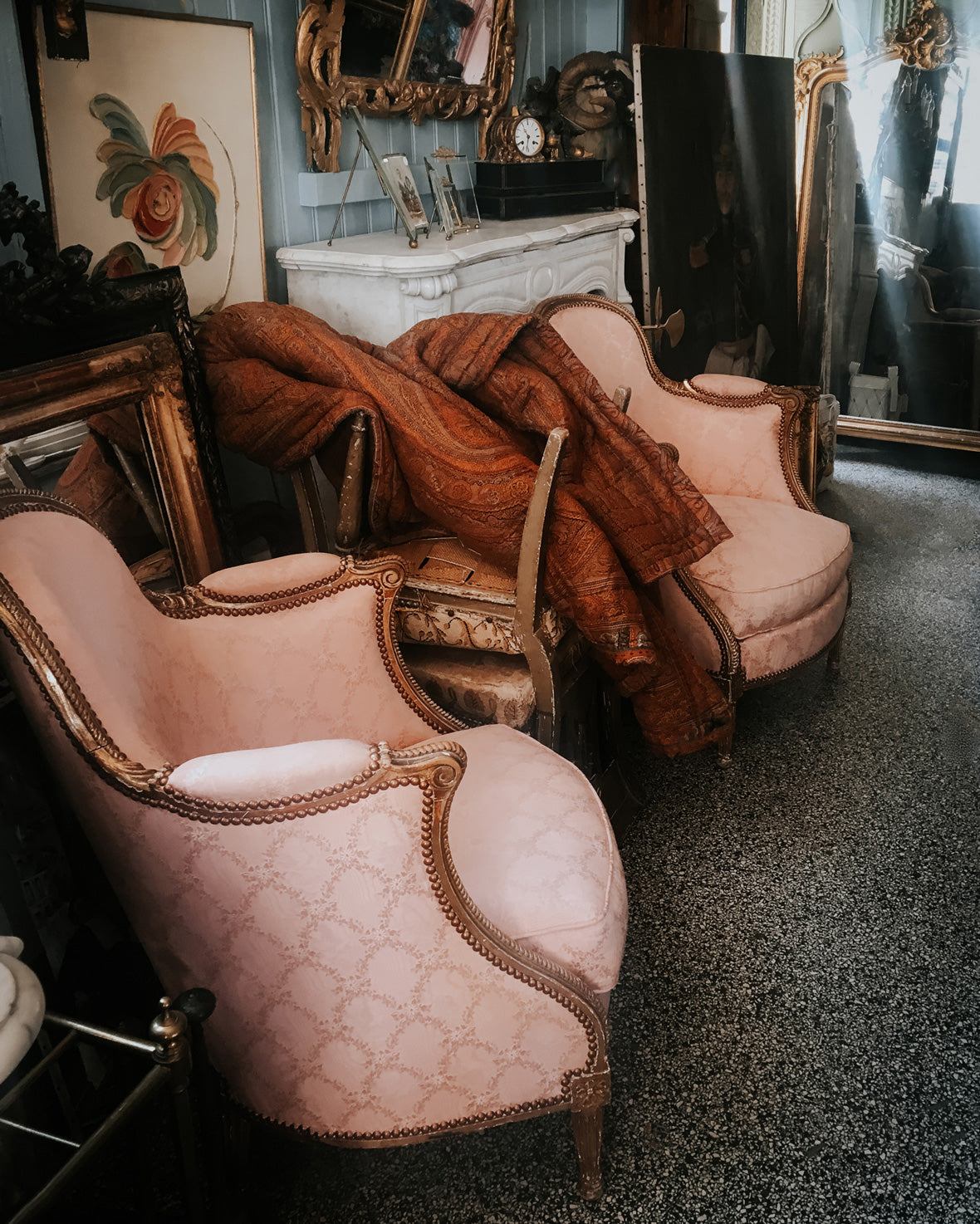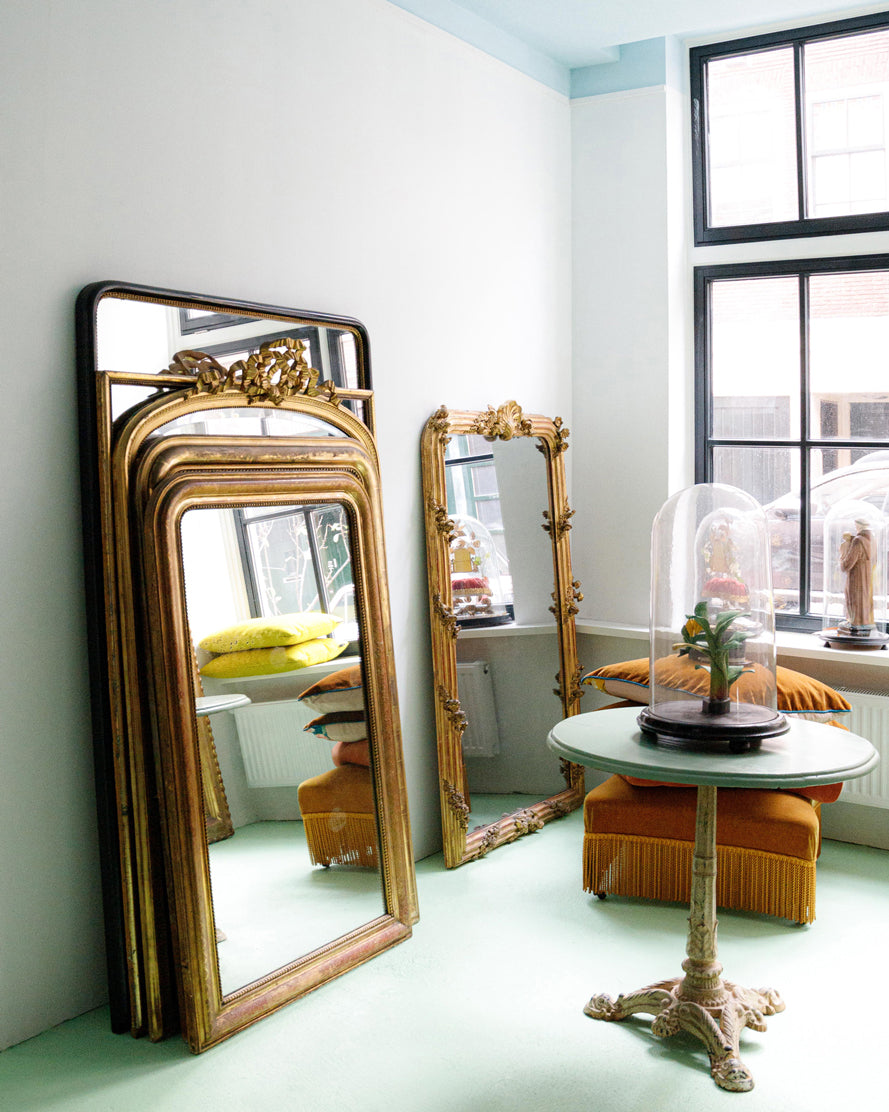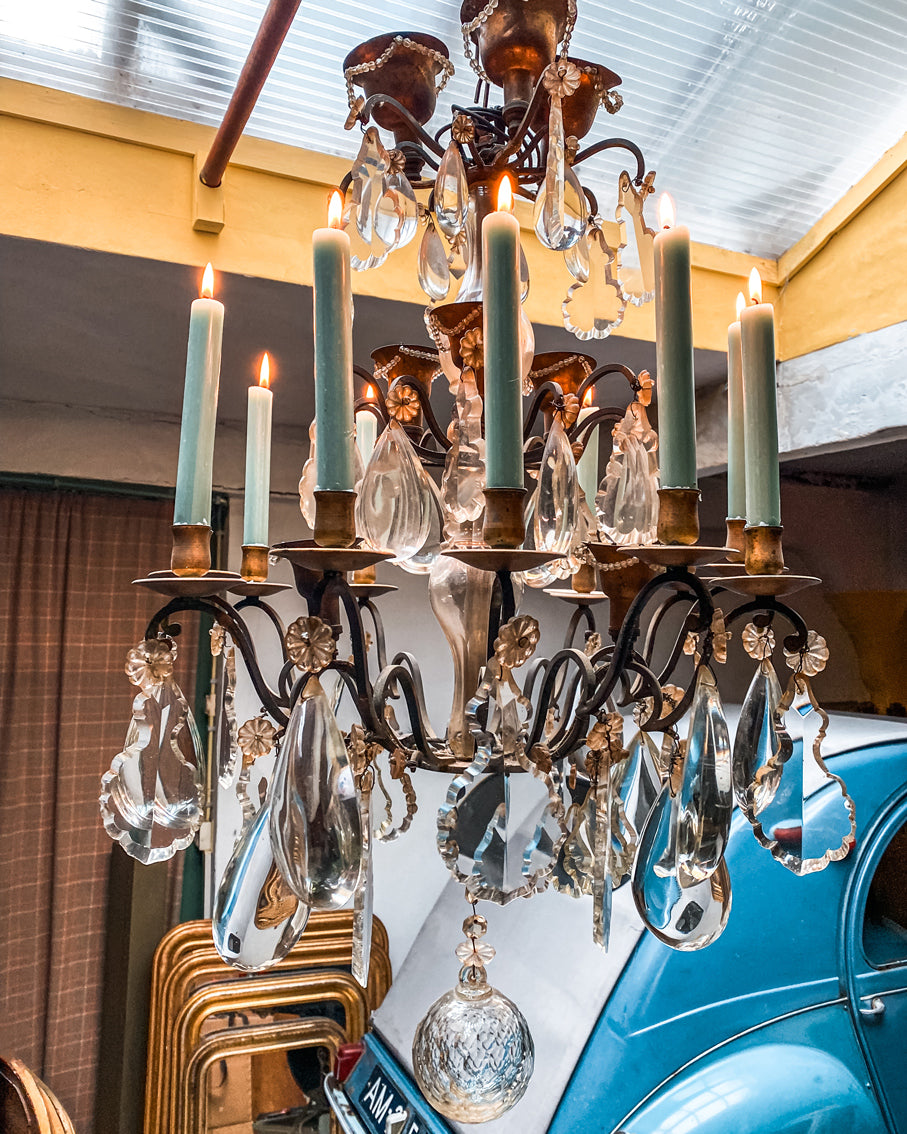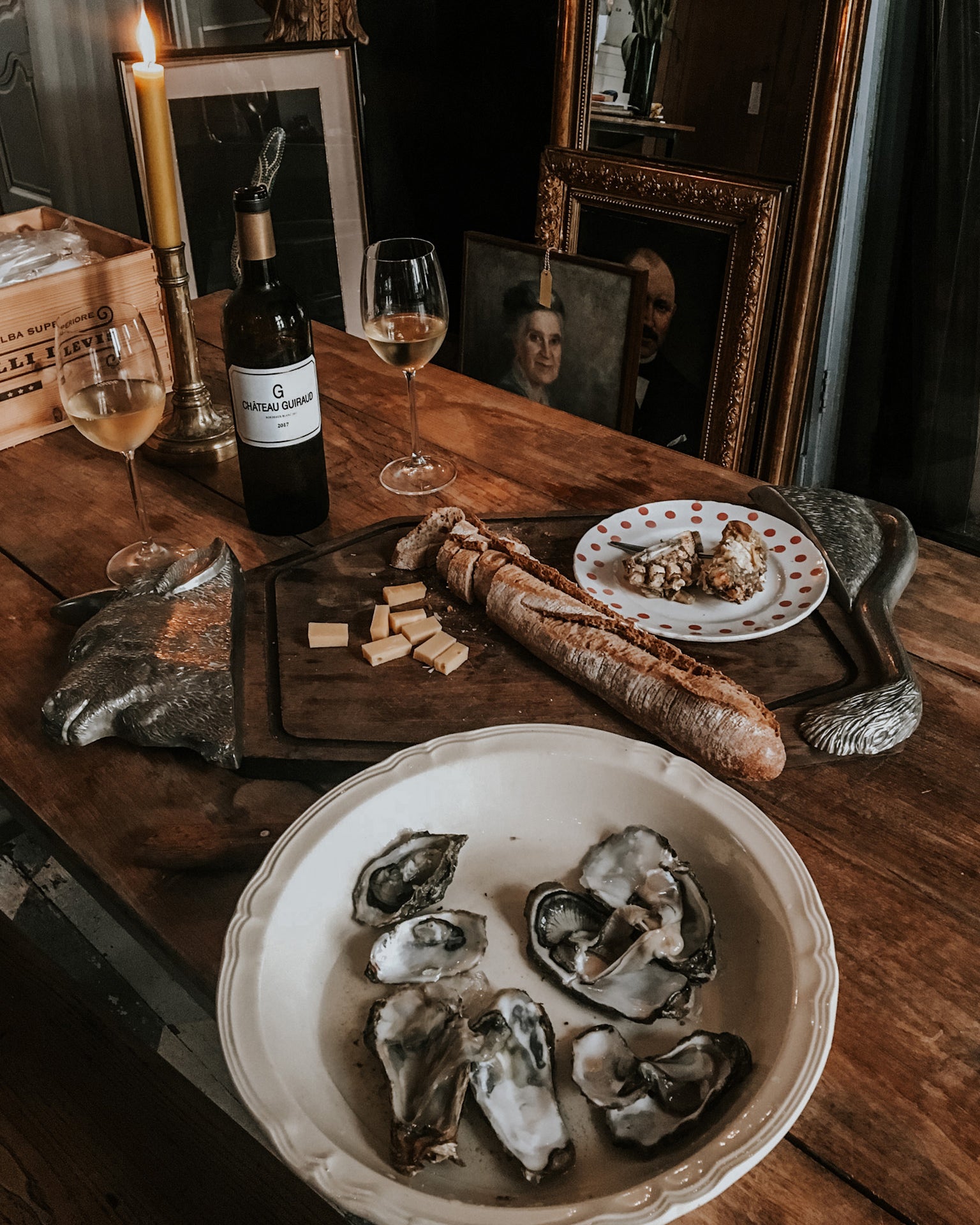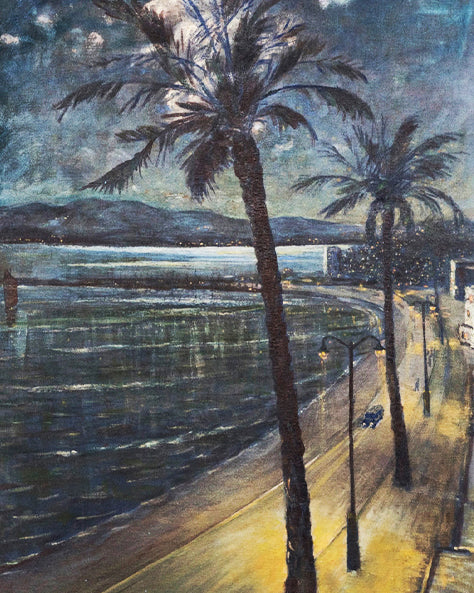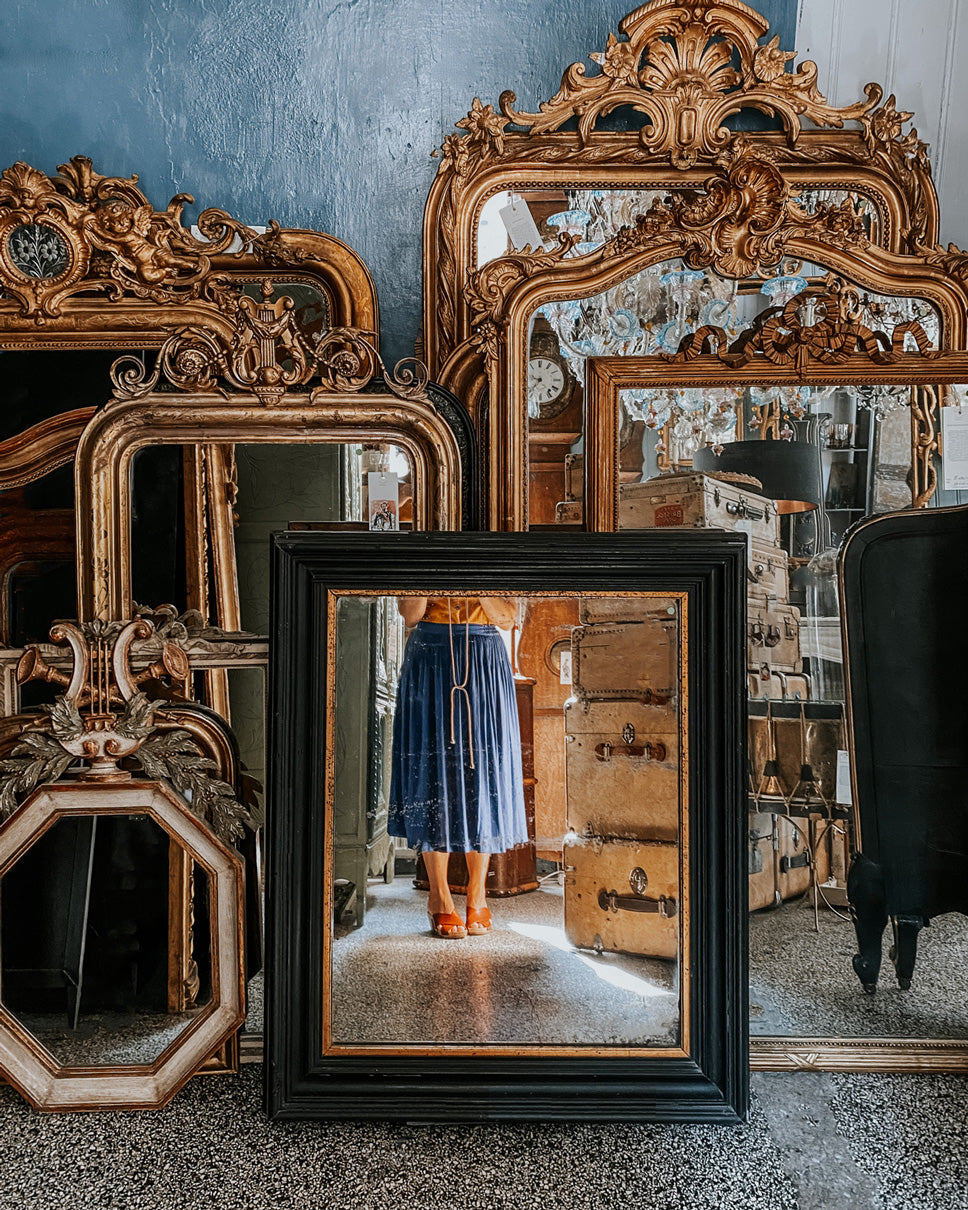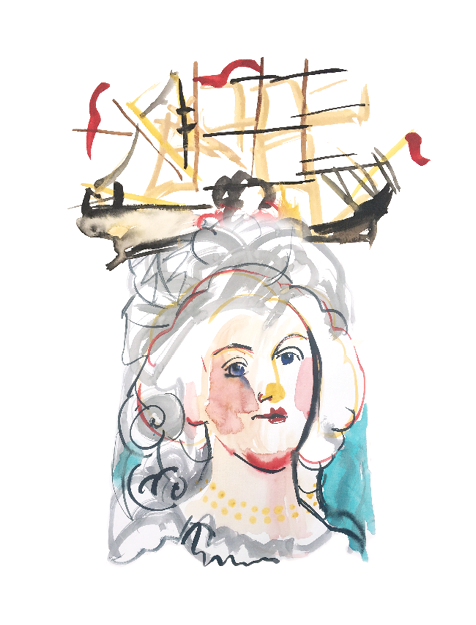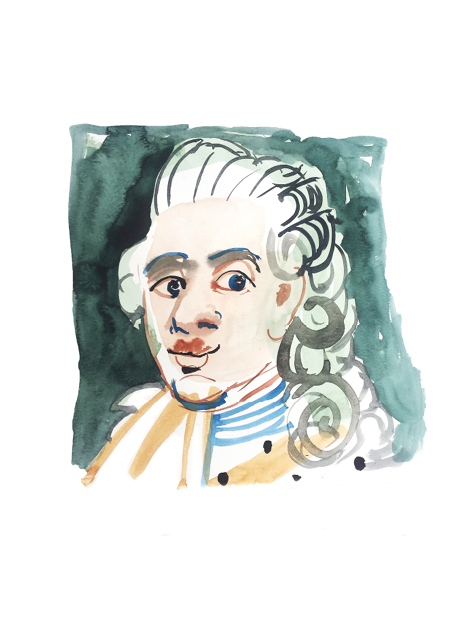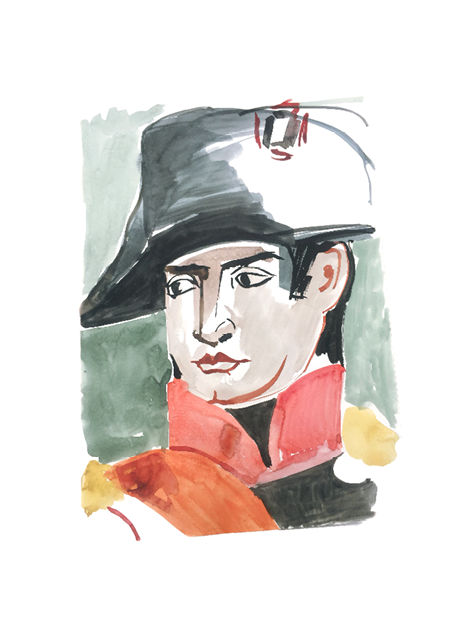7. Meet the French Royal Style: Marie Antoinette
Powdered to perfection and just a little bit pastoral
She was extra before the word even existed. When Marie Antoinette arrived at Versailles, she brought not only her Austrian accent but a whole new definition of royal flair. Horses in Paris? Non, said the court—trop dangereux! So, naturally, she settled for riding a donkey. Chic rebellion, hooves included.
Crowned Queen of Taste, Marie was Versailles' original style influencer. Her towering coiffures were more architectural feat than hairstyle—one famously featured a scale model of a warship, La Belle Poule, sails unfurled. Think less French braid, more floating fortress.
And while history books love to focus on her dramatic exit (complete with a curtsy and a “pardon me” to the executioner), we’re here to toast her living legacy: one of sumptuous interiors, powdered decadence, and the world's most romantic spin on rustic chic.
Furniture Style: Marie Antoinette
It’s Louis XVI—but make it femme, flirty, and Versailles-ready
Marie Antoinette didn’t just furnish a room—she staged a fantasy. Think neoclassicism softened with a pastel patisserie palette: powdered pinks, icy blues, and tender lilacs layered with the kind of detail that makes antique dealers swoon.
Romantic flourishes? Bien sûr.
Monograms, roses, and delicate garlands waltzed across cabinet doors and silk upholstery. And her beds—canopied, draped, and dripping with trimmings—were fit for a daydream (or a scandal).
Rustic gone regal
At her Hameau de la Reine, a faux-farm retreat on palace grounds, she cosplayed as a shepherdess—albeit one with porcelain milk pails and embroidered aprons. The influence? Pastoral motifs and nature-inspired furnishings started popping up in even the grandest Parisian salons.
Material girl
Her love of luxury was as legendary as her updos. Furniture featured rare woods, mother-of-pearl inlays, ormolu, and the finest marbles. Even the simplest items were touched by extravagance.
Signature silhouettes
She adored the Louis XVI style, but gave it a feminine twist—slimmer lines, gentle curves, and elegant restraint. A kind of quiet luxury before it became a hashtag.
The Takeaway
Marie Antoinette may have lost her head, but not her eye for style. Her aesthetic lives on in every gilded leg, every floral flourish, and every armchair begging for champagne and gossip. The perfect balance of courtly elegance and cottagecore fantasy—now that’s très chic.

